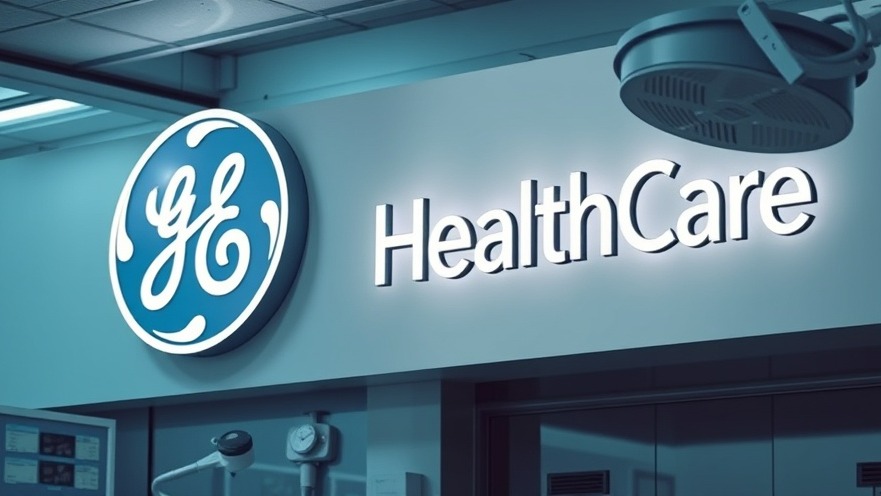
GE HealthCare's Impressive Q1 Performance: What It Means for Concierge Practices
In a landscape dominated by increasing trade challenges, GE HealthCare has set the bar high with its recent financial results. Their Q1 2025 figures reveal a 3% increase in revenue, totaling $4.8 billion, indicating strong performance primarily driven by a booming U.S. market. This robust growth should catch the attention of concierge medical practice owners who are keen on understanding the financial tides that may influence their business ventures.
Understanding Financial Implications for Your Practice
With net income climbing to $564 million, up from $374 million a year earlier, GE HealthCare’s growth underlines a significant opportunity for medical practices focused on patient-centered care. For concierge practices, this financial backdrop emphasizes the importance of maintaining diverse revenue streams and diversifying service offerings to mitigate risks associated with global economic fluctuations. Embracing new technologies, such as GE's AI-enabled MRI technology and the latest diagnostic systems, can also enrich service capabilities.
The Importance of Strategic Acquisitions
GE HealthCare’s acquisition of Nihon Medi-Physics highlights the critical role of strategic partnerships in navigating market complexities. For concierge practices, exploring partnerships – whether with local hospitals, technology providers, or even pharmaceutical companies – can enhance patient care while improving operational efficiency. The lessons here illustrate how thoughtful acquisitions can expand a practice's reach and capabilities, ultimately benefiting the patients served.
Trade Tariffs and Their Impact on Pricing Strategies
Despite their successful quarter, GE HealthCare adjusted its full-year guidance due to ongoing global trade tariffs affecting EBIT margins, EPS, and free cash flow. This adjustment serves as a stark reminder for medical practices: operational costs can be influenced by global events, prompting the need for adaptive pricing strategies. Concierge practices may need to consider cost adjustments mindful of the economic climate, ensuring that patient access to care remains a priority while managing profit margins.
Teaming Up With Innovation: The Example of Flyrcado
In April, GE HealthCare launched its innovative PET radiotracer, Flyrcado, indicative of their commitment to advancing medical technology. Concierge practices should take note of such innovations and consider how integrating cutting-edge diagnostics can attract a higher volume of patients or enhance care for existing patients. Staying ahead of the curve in medical technology not only strengthens patient trust but positions a practice as a leader in high-quality medical services.
Milestones to Watch For
Investments in technology and infrastructure are paramount for growth. GE HealthCare’s commitment to building a nationwide contract manufacturing network for Flyrcado’s production and distribution emphasizes a scalable model that concierge practices may aspire to build. Understanding existing trends and infrastructure investments among market leaders can guide unique strategic decisions in practice management, allowing owners to capitalize on growth opportunities.
Conclusion: Taking Action in a Changing Landscape
As GE HealthCare continues to navigate the complexities of the healthcare landscape while driving impressive growth, owners of concierge medical practices are encouraged to examine the implications of these developments for their own business strategies. Leveraging technology, understanding the financial impacts of global trade, and being open to strategic partnerships will ensure that your practice remains resilient and can thrive even in uncertain times. Take this opportunity to refine your business strategies and ensure your practice is well-equipped to adapt and excel.
 Add Row
Add Row  Add
Add 




Write A Comment